The Friend
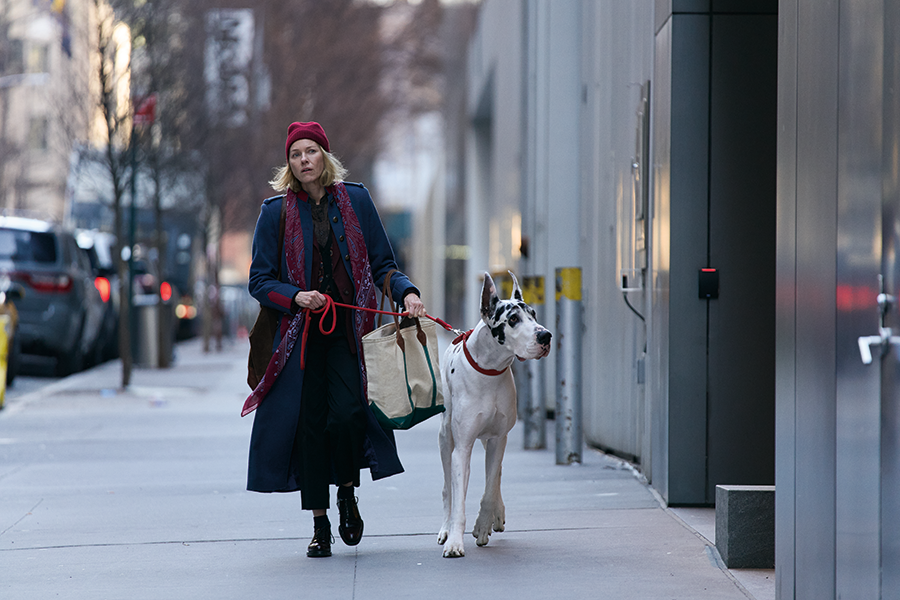
A woman loses her friend to suicide and inherits his dog, by his wish. The dog is a Great Dane, the size of a pony, who grieves for its companion, the woman’s friend, steadfastly. It has none of the embarrassment that people can sometimes feel about their own grief, its depth and insistence, its noisiness. The dog lies on the woman’s bed, taking up space, and though the metaphor is obvious – a big grief, a big animal – it isn’t only a metaphor. Apollo, for such is his name, is real enough, and dog enough, to cause a mess.
Continue reading for only $10 per month. Subscribe and gain full access to Australian Book Review. Already a subscriber? Sign in. If you need assistance, feel free to contact us.



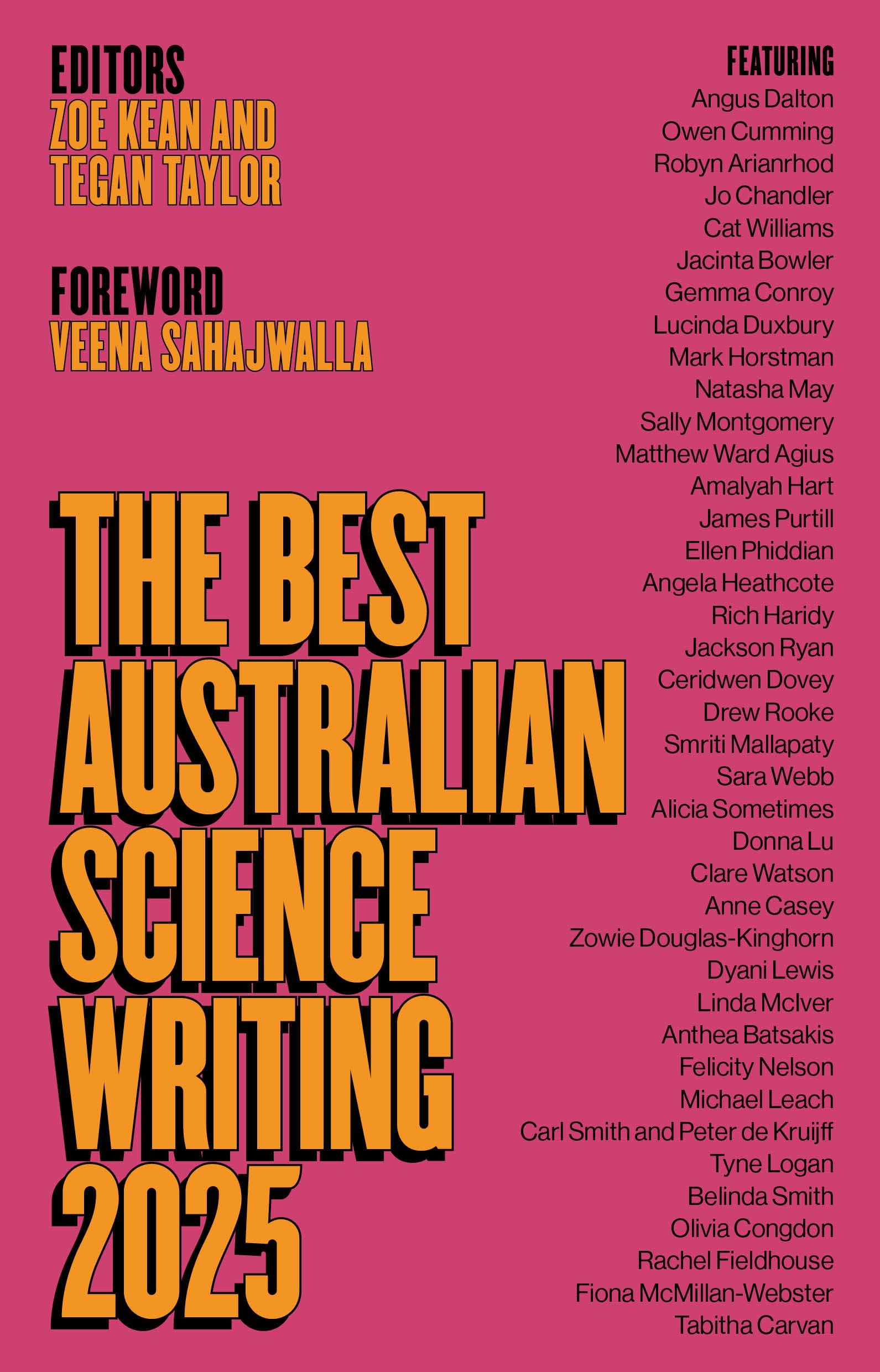

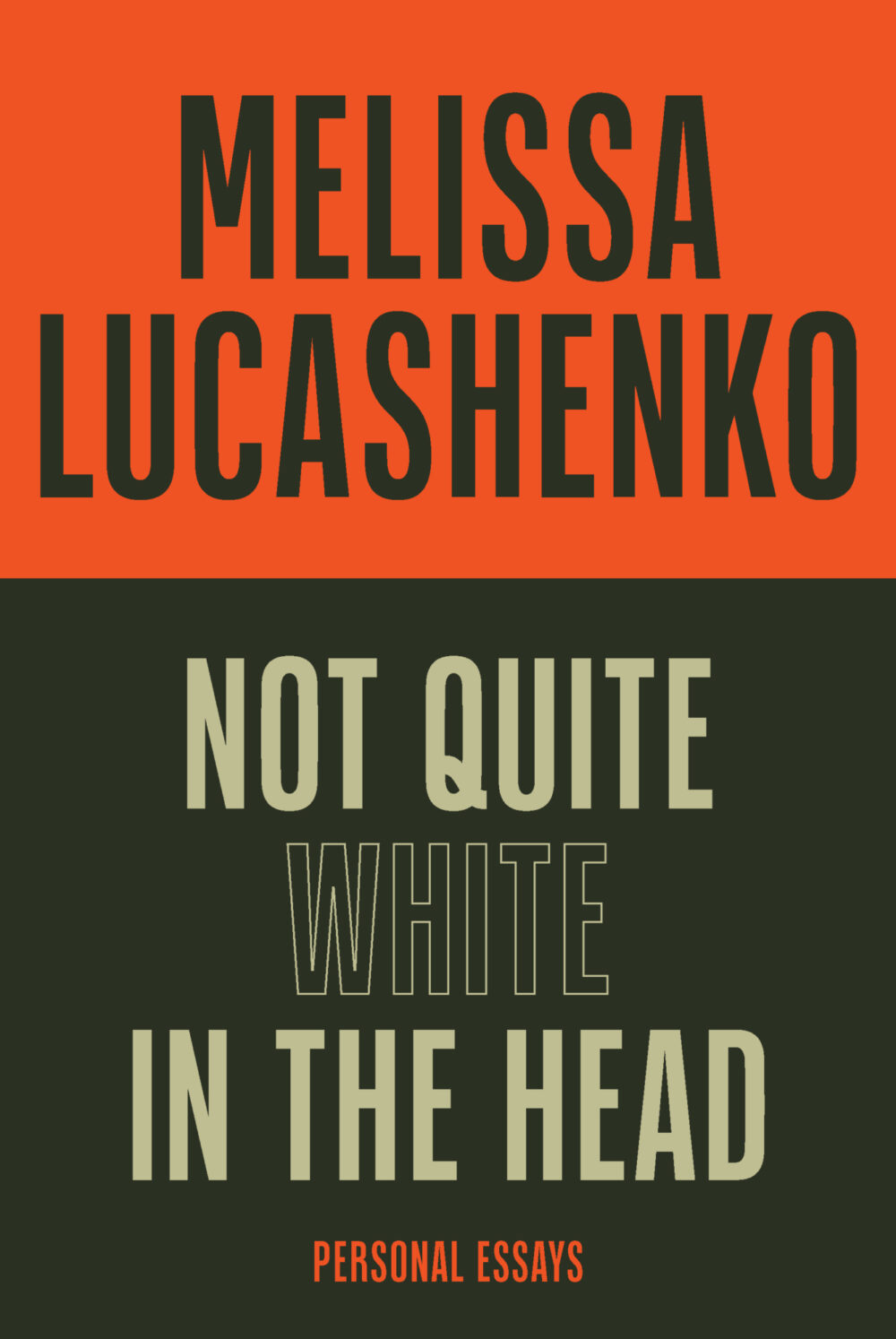
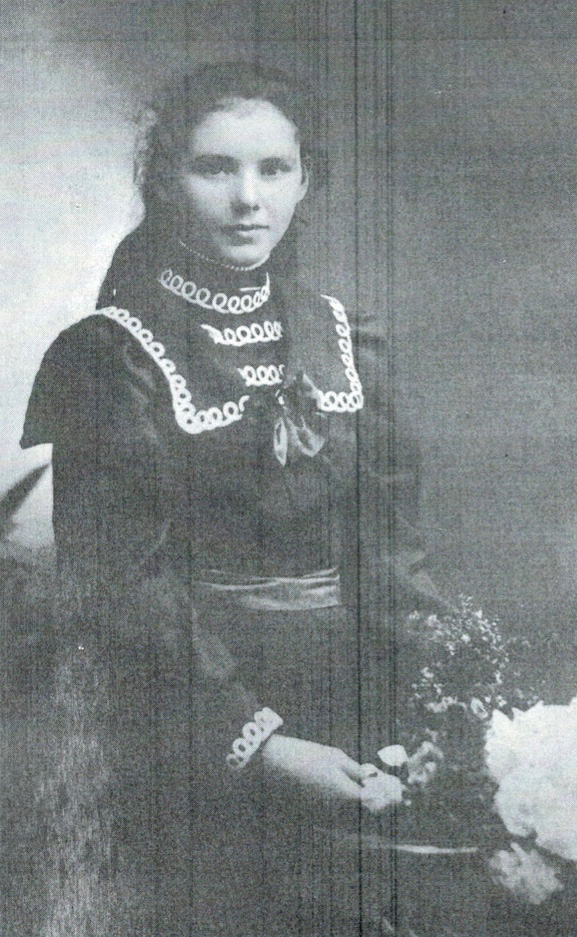
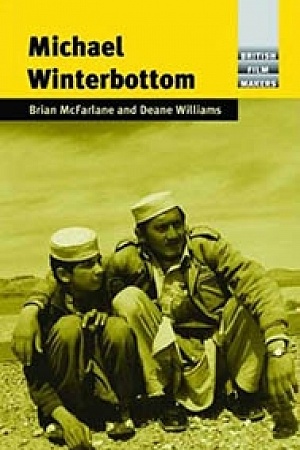
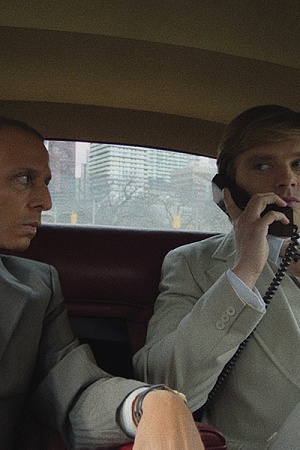


Leave a comment
If you are an ABR subscriber, you will need to sign in to post a comment.
If you have forgotten your sign in details, or if you receive an error message when trying to submit your comment, please email your comment (and the name of the article to which it relates) to ABR Comments. We will review your comment and, subject to approval, we will post it under your name.
Please note that all comments must be approved by ABR and comply with our Terms & Conditions.